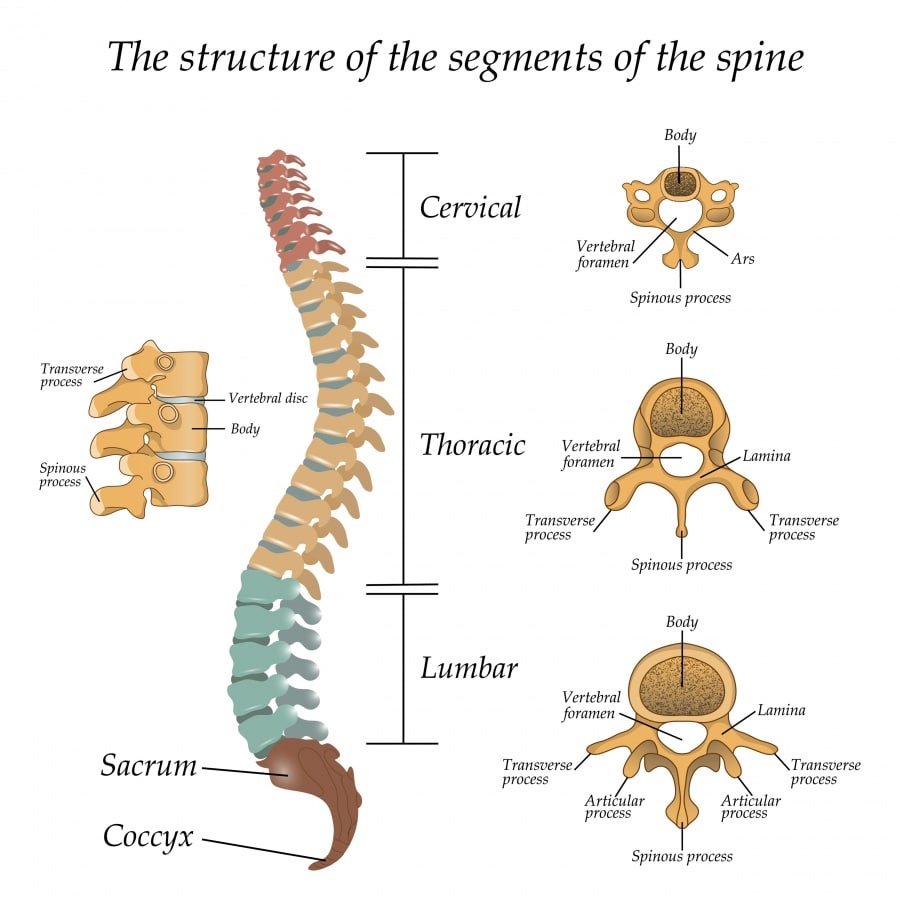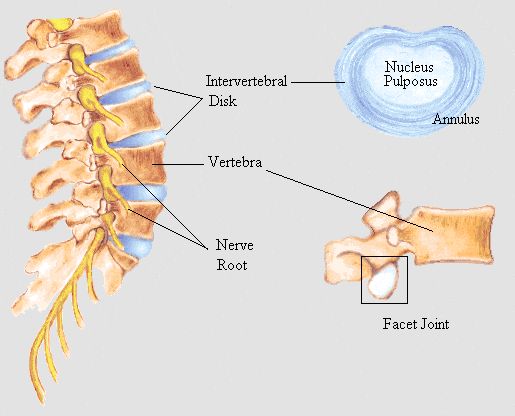Lower Back Pain
Welcome to the Spine Pain Series, where we’re going to talk through all things spine pain, spine injuries, spine rehabilitation, and how to help prevent spine pain and injuries!
While most people these days will claim to have “Bad Backs”, this blog is going to explain and talk about all things lower back pain, anatomical structures that might be injured, & how you might injure them, the rehabilitation & Physiotherapy for lower back pain, acute lower back pain treatment, and how to bulletproof your lower back.
Lower back pain and injuries are Australia’s 2nd leading cause of disease burden, accounting for over 4% of the total disease burden! Along with that, in 2017-18 there were 181,000 hospitalisations from back problems!

The Lumbar Spine is also known as the lower back. It begins at the competition of your thoracic spine, after the completion of your ribcage, and finishes at your pelvis. After the completion of your lumbar spine, it then becomes your sacrum or tailbone.
The main function of the lumbar spine is to bear the weight and force of carrying not only your bodyweight, but any other weights that you may be lifting or carrying at the time. For this reason, the lumbar spine is significantly larger and thicker than other vertebrae in the spine.
Because the lumbar spine is in the centre of the body, it is responsible for transmitting force from the lower extremities to the upper body, and vice versa.

The lumbar spine is also the attachment point for many muscles, meaning an injury to this area can cause pain in the back, and hips or legs.
As for movements, the lumbar spine is responsible for flexion (forward), extension (backward), rotation, and lateral flexion (side bending). While all sections of the spine are important for general movement, the Lumbar spine is especially important as it moves through all different directions and ranges of motion
Common Lower Back Injuries
Lower back pain causes will vary from individual to individual, depending on previous lower back injuries, activity & fitness levels, preconceived ideas about back pain, preconceived ideas about pain, and even depending on diet! Here we have listed and explained some of the more common causes for lower back pain.
The single most common lower back injury is “non-specific lower back pain”. While this sounds like an easy way out for a clinician, the use of this diagnosis is warranted. The reason is, there may be no underlying disease that is causing the pain, other than a “lower back sprain”.
A lower back sprain usually results in symptoms such as;
- Tension through the lower back, and/or hips
- General, dull aching sensation through the lower back, and/or hips
- Stiff or painful movements, especially bending forward or backward
The next most common injury for the lower back would be a facet joint irritation. Your facet joints are the bony connection between each of the vertebrae in the spine. There are two facet joints per vertebrae, one on each side, both of which can be injured individually or together.
Lower back pain causes will vary from individual to individual, depending on previous lower back injuries, activity & fitness levels, preconceived ideas about back pain, preconceived ideas about pain, and even depending on diet! Here we have listed and explained some of the more common causes for lower back pain.
The single most common lower back injury is “non-specific lower back pain”. While this sounds like an easy way out for a clinician, the use of this diagnosis is warranted. The reason is, there may be no underlying disease that is causing the pain, other than a “lower back sprain”.
A lower back sprain usually results in symptoms such as;
- Tension through the lower back, and/or hips
- General, dull aching sensation through the lower back, and/or hips
- Stiff or painful movements, especially bending forward or backward
The next most common injury for the lower back would be a facet joint irritation. Your facet joints are the bony connection between each of the vertebrae in the spine. There are two facet joints per vertebrae, one on each side, both of which can be injured individually or together.
Rehabilitation from a Lower Back Injury
The rehabilitation journey for acute lower back pain has changed significantly over recent years. Gone are the days where you head straight to your GP, who then gives you pain relief & anti-inflammatory medication, and then tells you to take the rest of the week off work and to rest at home as much as you can.
The rehabilitation journey looks significantly different now, with GPs no longer needing to be the first port of call when you suffer acute, or sudden lower back pain. Generally speaking, the first person that you should be seeing is actually a Physiotherapist.
Your Physiotherapist will be able to conduct a thorough musculoskeletal and neurological assessment to determine your diagnosis. From this, they will then be able to develop the correct treatment plan for your recovery, using everything from rest & lower back stretches, through to squats.
A good general guideline for your acute lower back pain rehabilitation would be;
- Rest when needed
- Move where possible
- Load when able
What this means is that you should only rest where you need to, when the pain is getting too intense or you’re fatigued; you should continue to move through any and all ranges of motion that are not painful, along with performing any lower back pain exercises prescribed by your Physiotherapist; finally, you should start to re-introduce load through your body as soon as you can tolerate full range of motion without pain.
Bulletproofing your Lower Back
Bulletproofing your lower back is one of the most important things that you can do for your long-term health. While bulletproofing your lower back sounds like a simple, straight-forward activity, however, it is a little more complicated than it initially seems.
While being strong through your core and specifically through the lower back is vitally important, there are plenty more muscles that you need to consider. Due to your lower back being in the centre of your body, and the transitional aspect of power distribution, it is important to have all the muscles that attach through the lower back strong too.
In order to fully bulletproof you lower back you should be strong through;
- Core
- Spinal extensor muscles
- Spinal movement muscles
- Hip flexors
- Glutes
- Deep hip rotators
- Quads
- Hamstrings
If you have any concerns about your lower back, lower lumbar back pain, or any other part of your spine, come on into the city and have a chat with our expert Physiotherapists. Our team has a wealth of knowledge and experience in Physiotherapy for back pain, assessment and treatment of spinal injuries, and the rehabilitation required to make a full recovery, helping you to bulletproof your lumbar spine along the way. The team at Leaders Sports & Spine Physiotherapy, in the Brisbane CBD, are your go-to experts on everything spinal pain and injuries.





